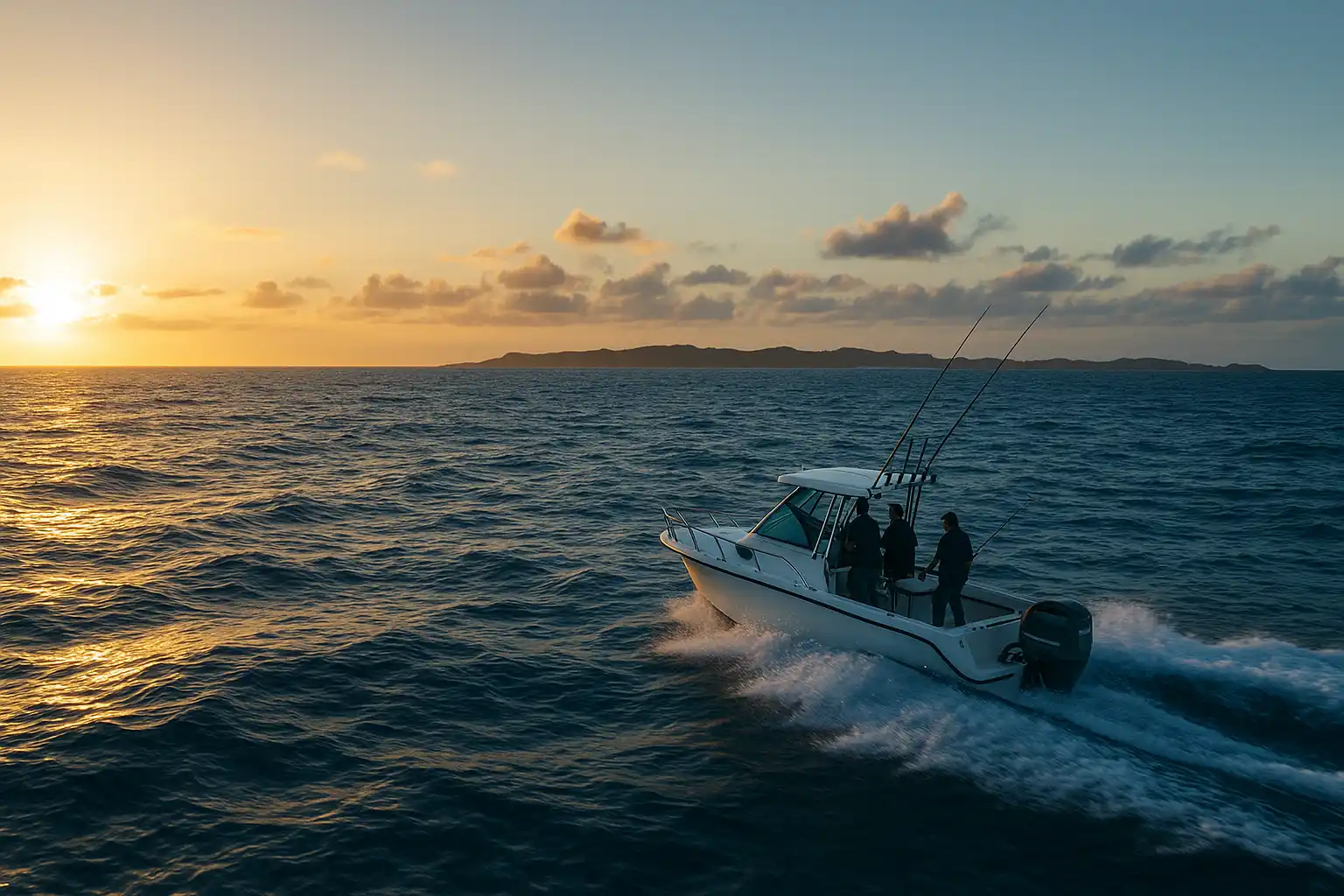
Tasmania’s rugged beauty and pristine coastal waters make it a paradise for kayak anglers. Whether you’re gliding through glassy estuaries, working lures around rocky headlands, or drifting past sandy beaches, this island state delivers kayak fishing experiences unlike anywhere else. With an abundance of species, a mild climate, and easy access to remote spots, Tasmania’s coastline is best explored by paddle.
Tasmania offers unique access to marine and estuarine fishing that is perfectly suited to kayaks. With limited boat traffic, clean waters, and minimal crowds, you’ll often have entire stretches of coast to yourself. From targeting bream in quiet inlets to chasing salmon off beach points, the variety is unmatched.
Key reasons why kayak fishing stands out in Tasmania:
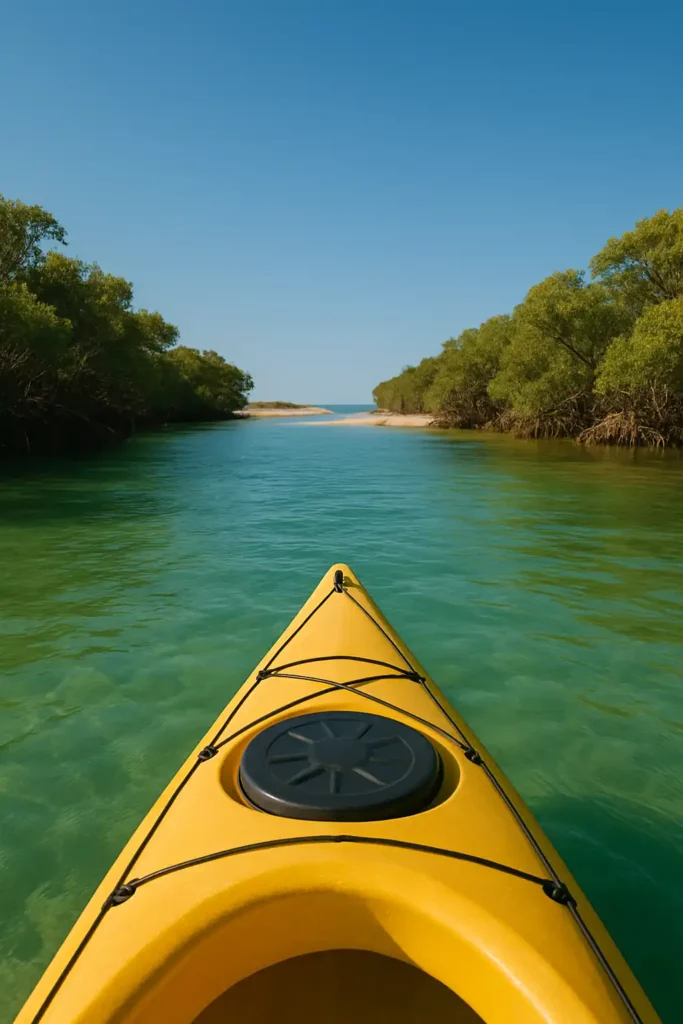
Tasmania’s diverse coastline can be roughly divided into three major fishing zones — each with its own unique kayak angling opportunities. Whether you’re seeking calm estuaries in the north west, reefy drop-offs along the east coast, or productive inshore waters in the south, there’s no shortage of exciting waters to explore by kayak.
The north west coast of Tasmania is known for its calm, sheltered estuaries and scenic beaches, making it an ideal playground for kayak anglers. These waters are often protected from strong winds and offer great access to salmon runs and inshore squid fishing.
With long stretches of sandy coastline and inshore reef systems, Tasmania’s east coast is a haven for kayak fishers chasing flathead, squid, and reef species. The east coast’s consistent conditions and easy launch points make it perfect for day trips and extended exploration.
Southern Tasmania offers a more rugged experience, with bream-rich estuaries and cool, clear waters that attract trevally and salmon. The region’s inshore areas, including channels and sheltered bays, are ideal for paddling and casting among kelp beds and drop-offs.
Tasmania’s north coast features shallow sand flats, estuaries, and river mouths that provide productive fishing in compact, manageable zones. It’s a great choice for beginner kayak anglers or those looking for a quick session without offshore exposure.
oosing the right gear and preparing for the conditions are essential to safe and successful kayak fishing in Tasmania. The state’s cool waters and often unpredictable weather make it important to plan ahead and pack smart. Whether you’re paddling calm estuaries or heading into deeper bays, the following essentials will help keep your trip safe, efficient, and enjoyable.

Water temperatures in Tasmania remain cool year-round — even in summer. Dress for immersion and consider wearing a wetsuit or thermal base layer under your clothes. Hypothermia can set in quickly if you capsize, especially in the south and during offshore trips.
Tasmania’s diverse coastal waters can reward prepared and strategic kayak anglers with exciting sessions and quality catches. Whether you’re chasing flathead over shallow sand, working structure for bream, or targeting squid around inshore reefs, small adjustments in technique and timing can make a big difference.
Winds often strengthen dramatically after mid-morning, especially in summer. If it’s breezy at sunrise, expect it to double by midday — always plan your return accordingly.
Space is limited on a kayak. Carry only essential tackle in waterproof boxes and make sure gear is secure and within easy reach to avoid unnecessary movement or tipping.
Use a drift chute or drogue to slow your kayak and maintain better lure presentation over sand flats and drop-offs. This helps cover water effectively without spooking fish.
Tasmania’s coastline offers dozens of estuary mouths and protected bays perfect for launching. Learn which ramps and beaches offer the safest access depending on tides and wind direction.
When fishing Tasmania’s east or south coast, always keep an eye on the wind forecast — especially afternoon sea breezes. A calm morning can quickly become a challenging paddle back. If in doubt, plan your route so the wind is behind you on the return trip.

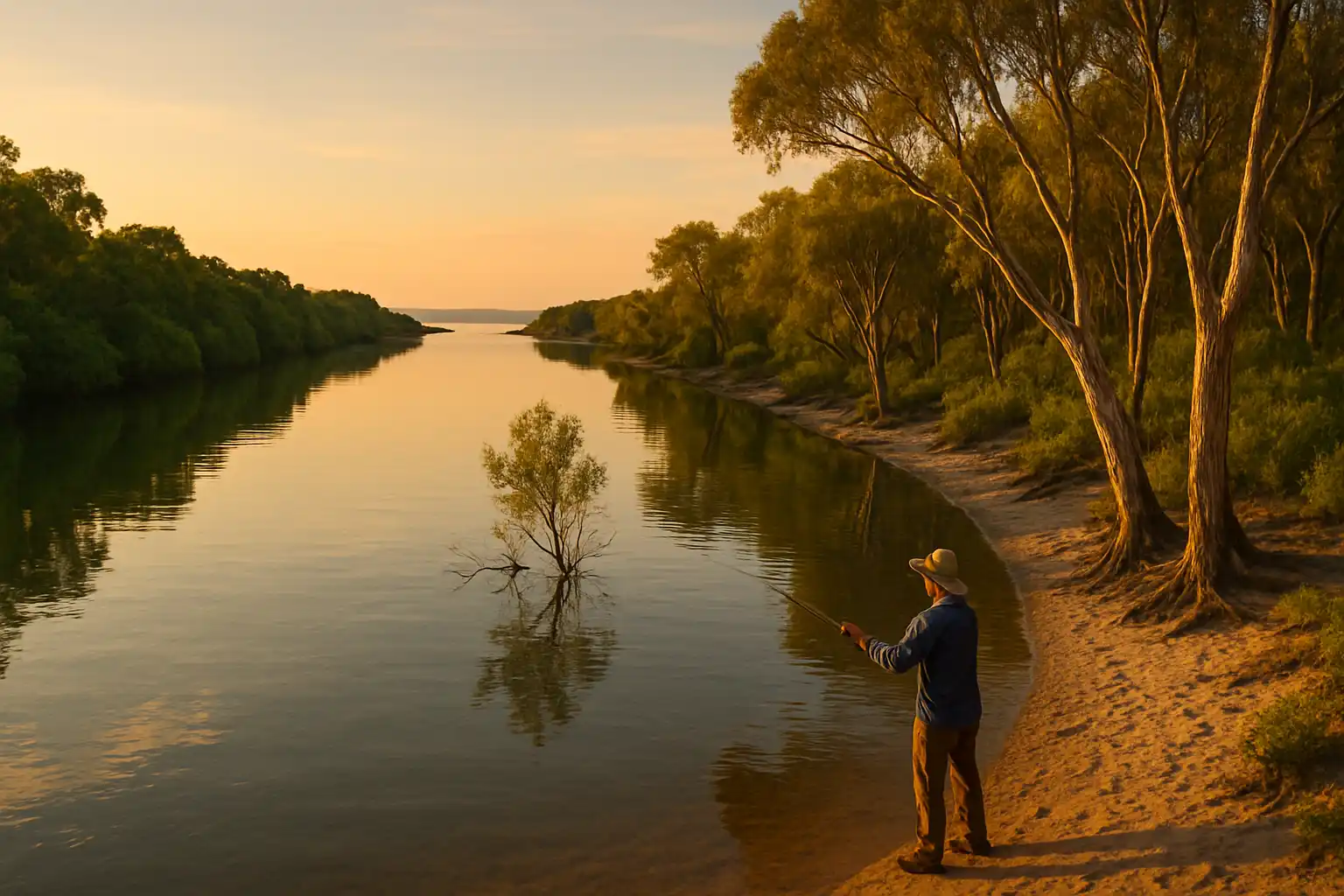
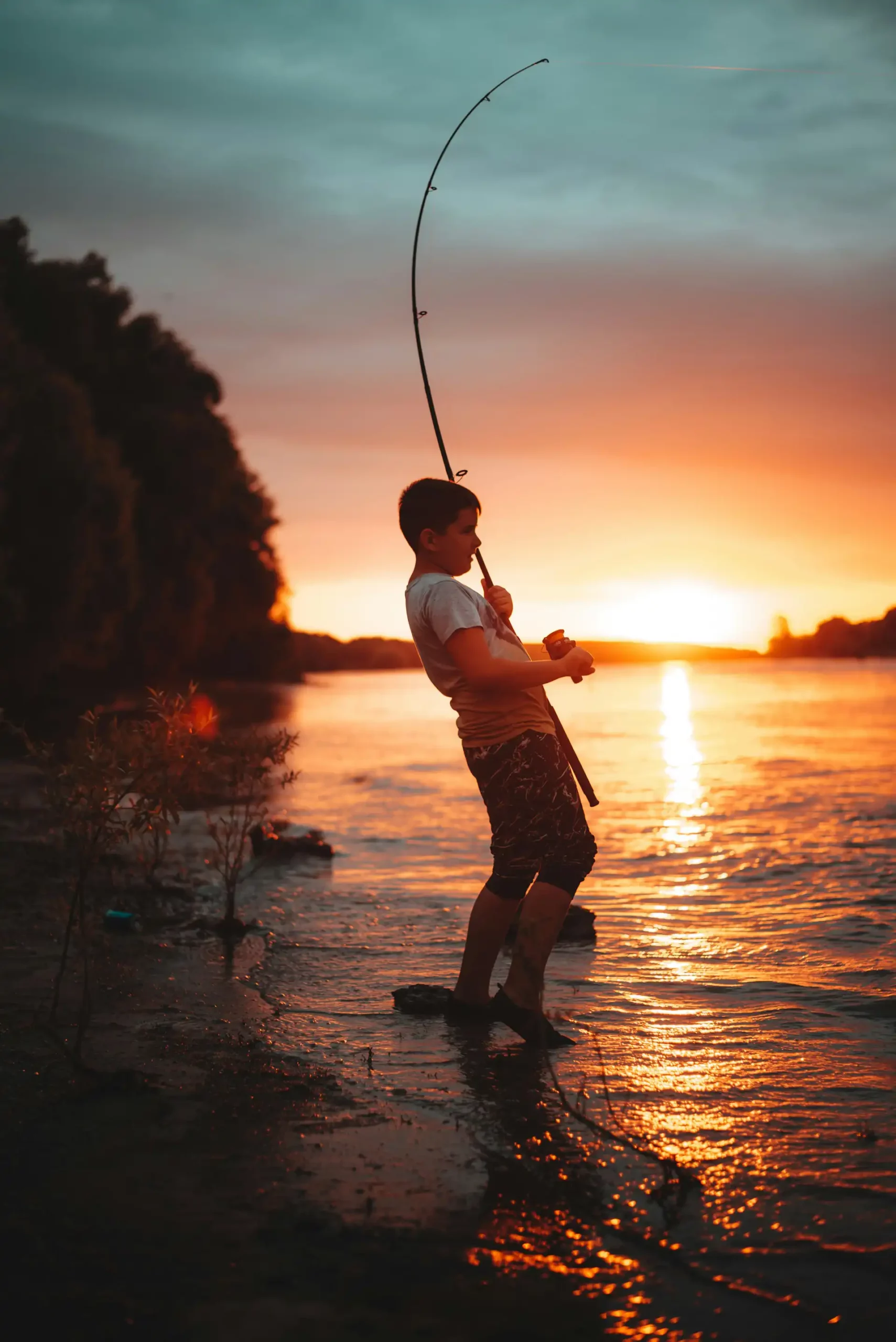
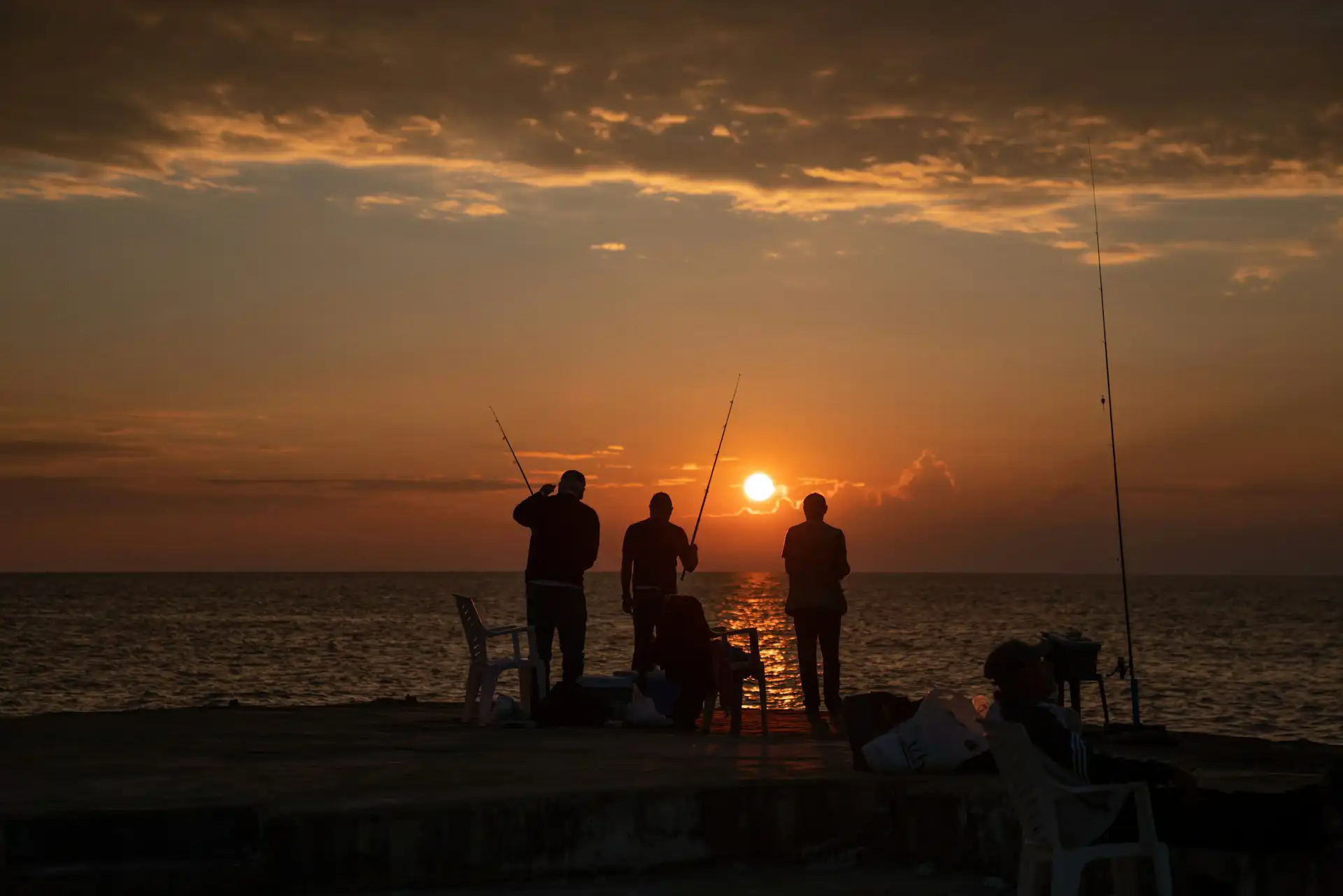

Affiliate Disclosure: We are a participant in the Amazon Services LLC Associates Program, an affiliate advertising program designed to provide a means for sites to earn advertising fees by linking to Amazon.com. As an Amazon Associate, We earn from qualifying purchases. Your support helps us keep this site running—thank you!